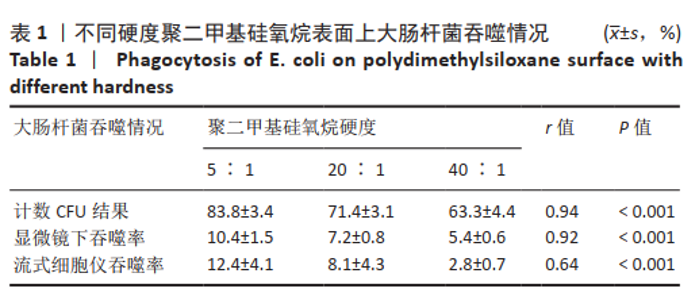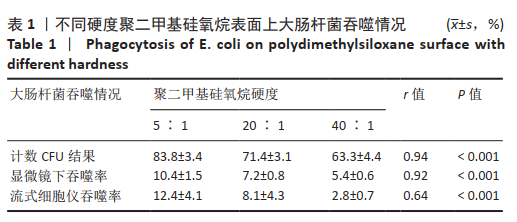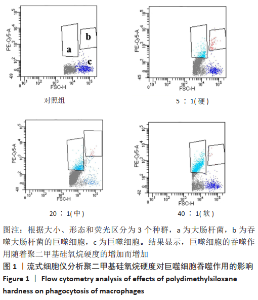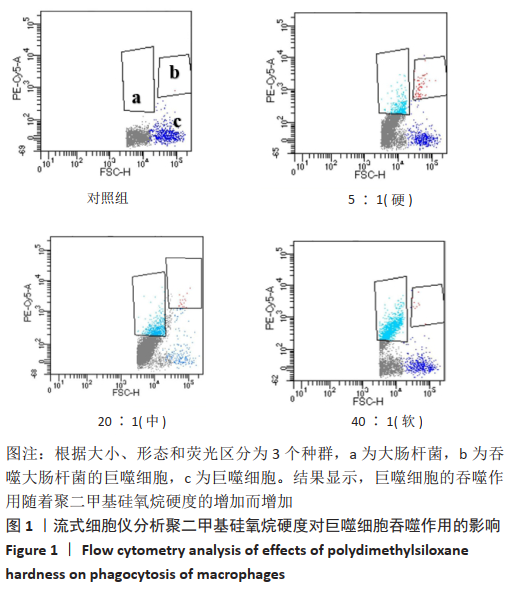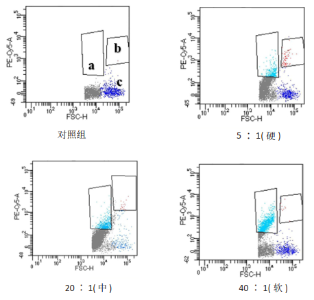| [1] |
Jiang Haifang, Liu Rong, Hu Peng, Chen Wei, Wei Zairong, Yang Chenglan, Nie Kaiyu.
Application of 3D printing technology in the precise and personalized treatment of cleft lip and palate
[J]. Chinese Journal of Tissue Engineering Research, 2023, 27(3): 413-419.
|
| [2] |
Liu Wentao, Feng Xingchao, Yang Yi, Bai Shengbin.
Effect of M2 macrophage-derived exosomes on osteogenic differentiation of bone marrow mesenchymal stem cells
[J]. Chinese Journal of Tissue Engineering Research, 2022, 26(在线): 1-6.
|
| [3] |
Feng Jianbo, Li Chencheng, Liu Jinyue, Wang Xiaomin, Peng Jiachen.
Implantation of Kirschner wire with Staphylococcus aureus biofilm establishes a traumatic osteomyelitis model in rats
[J]. Chinese Journal of Tissue Engineering Research, 2022, 26(5): 700-705.
|
| [4] |
Liu Tongbin, Lin Peng, Zhang Xiaoming, Dong Xiling, Cao Fei, Wang Le, Guo Xinxing.
Optimization of preparation method of atorvastatin calcium sustained-release microspheres
[J]. Chinese Journal of Tissue Engineering Research, 2022, 26(4): 535-539.
|
| [5] |
Qiu Peng, Fu Qilin, Liu Min, Lan Yuyan, Wang Pin.
Comparison of oral micro-adhesion on polyetheretherketone, zirconium dioxide, and pure titanium abutment
[J]. Chinese Journal of Tissue Engineering Research, 2022, 26(4): 540-545.
|
| [6] |
Yang Feng, Zhao Qian, Zhang Shixuan, Zhao Tienan, Feng Bo.
Effectiveness and safety of rapamycin combined with CD133 antibody stent in preventing vascular restenosis
[J]. Chinese Journal of Tissue Engineering Research, 2022, 26(4): 579-584.
|
| [7] |
Kang Kunlong, Wang Xintao.
Research hotspot of biological scaffold materials promoting osteogenic differentiation of bone marrow mesenchymal stem cells
[J]. Chinese Journal of Tissue Engineering Research, 2022, 26(4): 597-603.
|
| [8] |
Shen Jiahua, Fu Yong.
Application of graphene-based nanomaterials in stem cells
[J]. Chinese Journal of Tissue Engineering Research, 2022, 26(4): 604-609.
|
| [9] |
Wang Ruanbin, Cheng Liqian, Chen Kai.
Application and value of polymer materials in three-dimensional printing biological bones and scaffolds
[J]. Chinese Journal of Tissue Engineering Research, 2022, 26(4): 610-616.
|
| [10] |
Zhang Tong, Cai Jinchi, Yuan Zhifa, Zhao Haiyan, Han Xingwen, Wang Wenji.
Hyaluronic acid-based composite hydrogel in cartilage injury caused by osteoarthritis: application and mechanism
[J]. Chinese Journal of Tissue Engineering Research, 2022, 26(4): 617-625.
|
| [11] |
Li Hui, Chen Lianglong.
Application and characteristics of bone graft materials in the treatment of spinal tuberculosis
[J]. Chinese Journal of Tissue Engineering Research, 2022, 26(4): 626-630.
|
| [12] |
Wang Zhiqiang, Lin Lu, Chen Xiaolin, Ke Zhenyong.
Percutaneous vertebral augmentation for osteoporotic vertebral compression fractures: navigation, fracture reduction system, bone cement leakage, and material modification
[J]. Chinese Journal of Tissue Engineering Research, 2022, 26(4): 631-636.
|
| [13] |
Jiang Xu, Cao Fuyang, Xiong Ao, Yang Meng, Tan Jun, Yu Yang, Zhang Shaokun, Xu Jianzhong.
Distribution, drug resistance, and clinical characteristics of pathogenic bacteria in 102 cases of periprosthetic joint infection
[J]. Chinese Journal of Tissue Engineering Research, 2022, 26(36): 5837-5843.
|
| [14] |
Cao Fei, Hui Min, Dong Xiling, Wang Le, Wang Zuxu, Zhang Min, Zhang Xiaoming, Liu Tongbin.
Preparation of silver-loaded nanohydroxyapatite/polycaprolactone composite nanofiber scaffold and its osteogenic and antibacterial properties
[J]. Chinese Journal of Tissue Engineering Research, 2022, 26(34): 5461-5467.
|
| [15] |
Sun Honglei, Qi Fengna, Cheng Ruiqing.
ICON penetrating resin for treatment of dental fluorosis: 1-year follow-up
[J]. Chinese Journal of Tissue Engineering Research, 2022, 26(34): 5419-5424.
|
